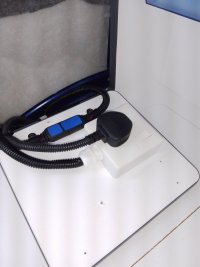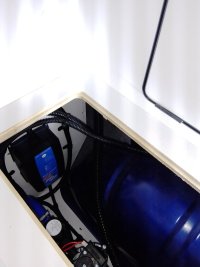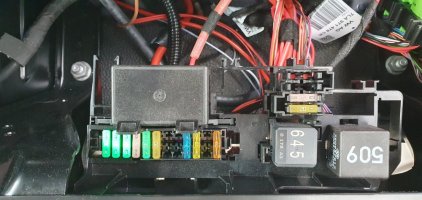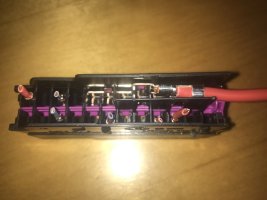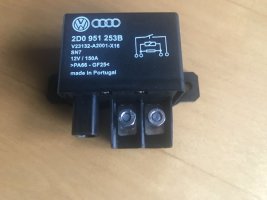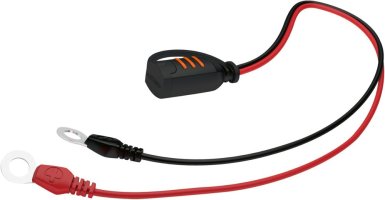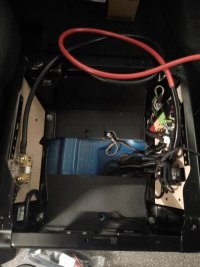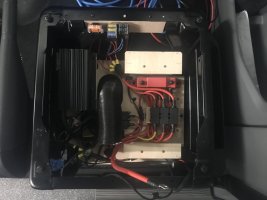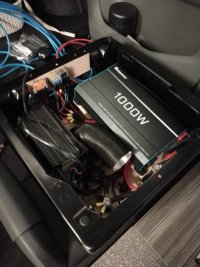Started my upgrade to Lithium on my 2023 Birchover Classic yesterday, which I will show progress on in this thread, as and when.
This morning I found some “interesting“ wiring from Hillside under the passenger seat.
They’ve “spliced” into the engine run signal from the BCM to the battery isolation relay with a 0.5mm2 grey wire which they have then fused at 40A before it heads off, again in grey 0.5mm2, to a relay in the back cupboard; buzzing out it seems to be something to do with the water pump as a yellow wire on the same relay goes to the tap pump switch. Nothing on their supplied wiring diagram matches such wiring.
Working out the purpose is for another day, when the van isn’t so stripped out, can’t turn ignition on, but immediate issues are;
Who in their right mind fuses a 0.5mm2 wire at 40A, which is way beyond the current handling capacity of the wire? Will be changing that to a 10A.
Where was the person trained to do a ”splice”? They’ve basically stripped the insulation over a 40mm length of OEM wiring, wrapped their wire round it and then liberally applied solder, before covering it in fabric tape. Needless to say the OEM wire broke off at the end when I was uncovering it. Certainly wasn’t how I was trained.
Picture (not the best) for amusement.
So much for Hillside saying they don’t touch the OEM wiring and what a poor job.
View attachment 216686


